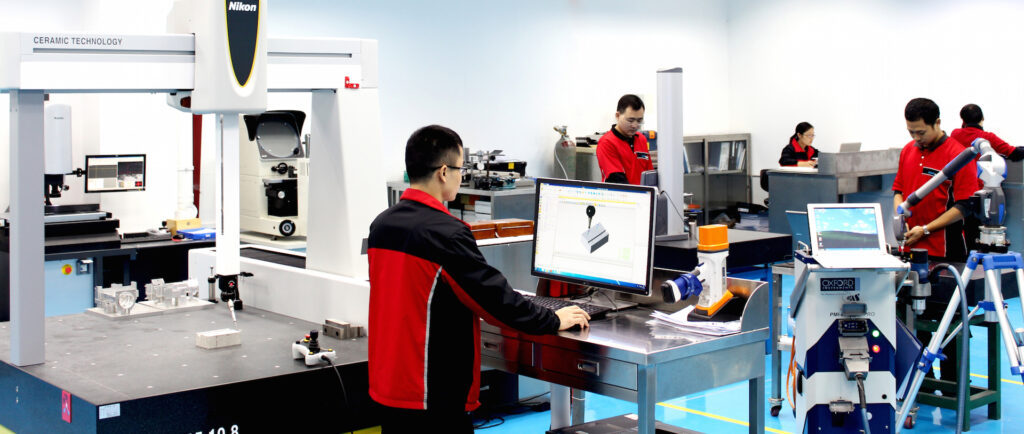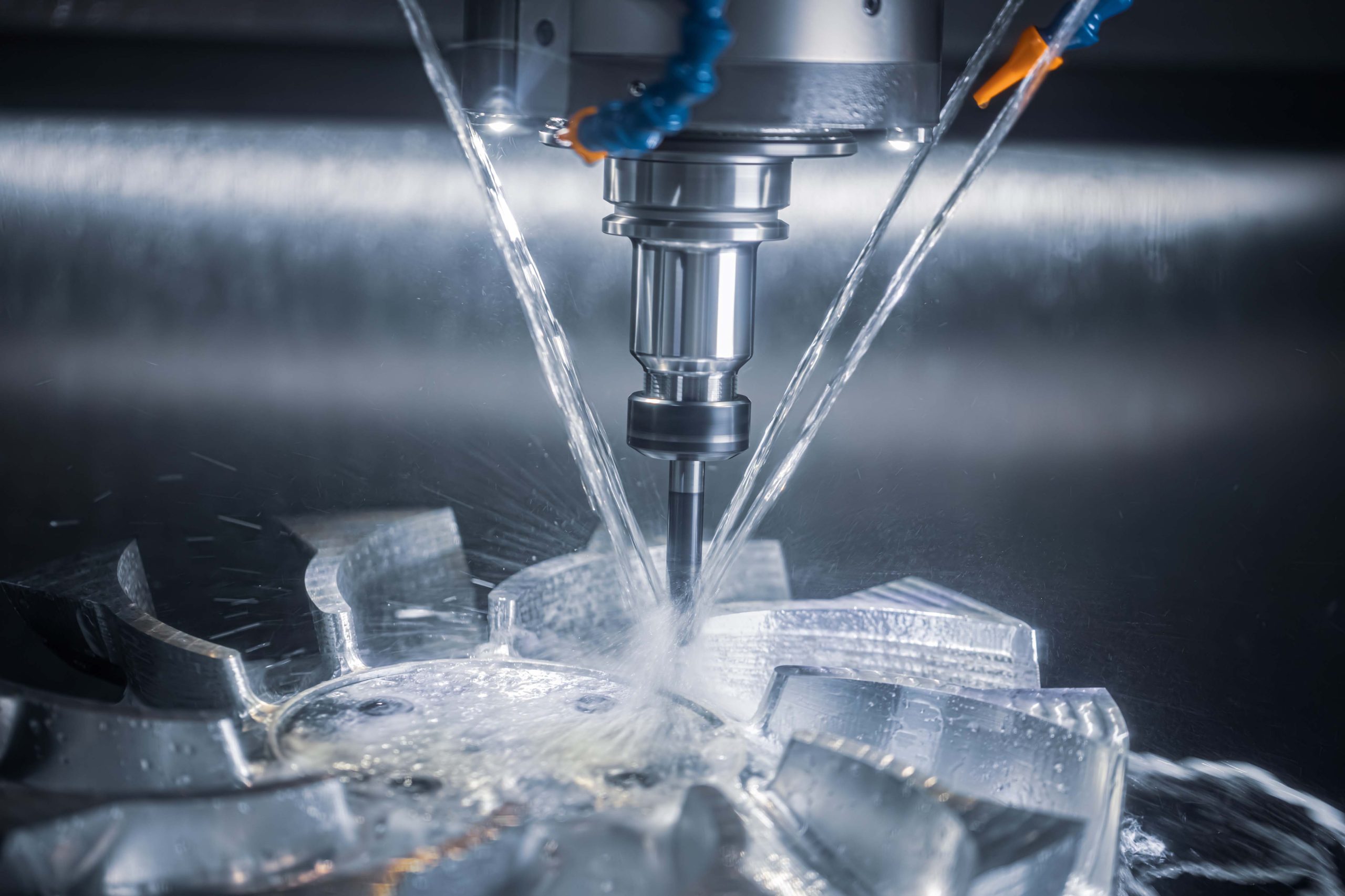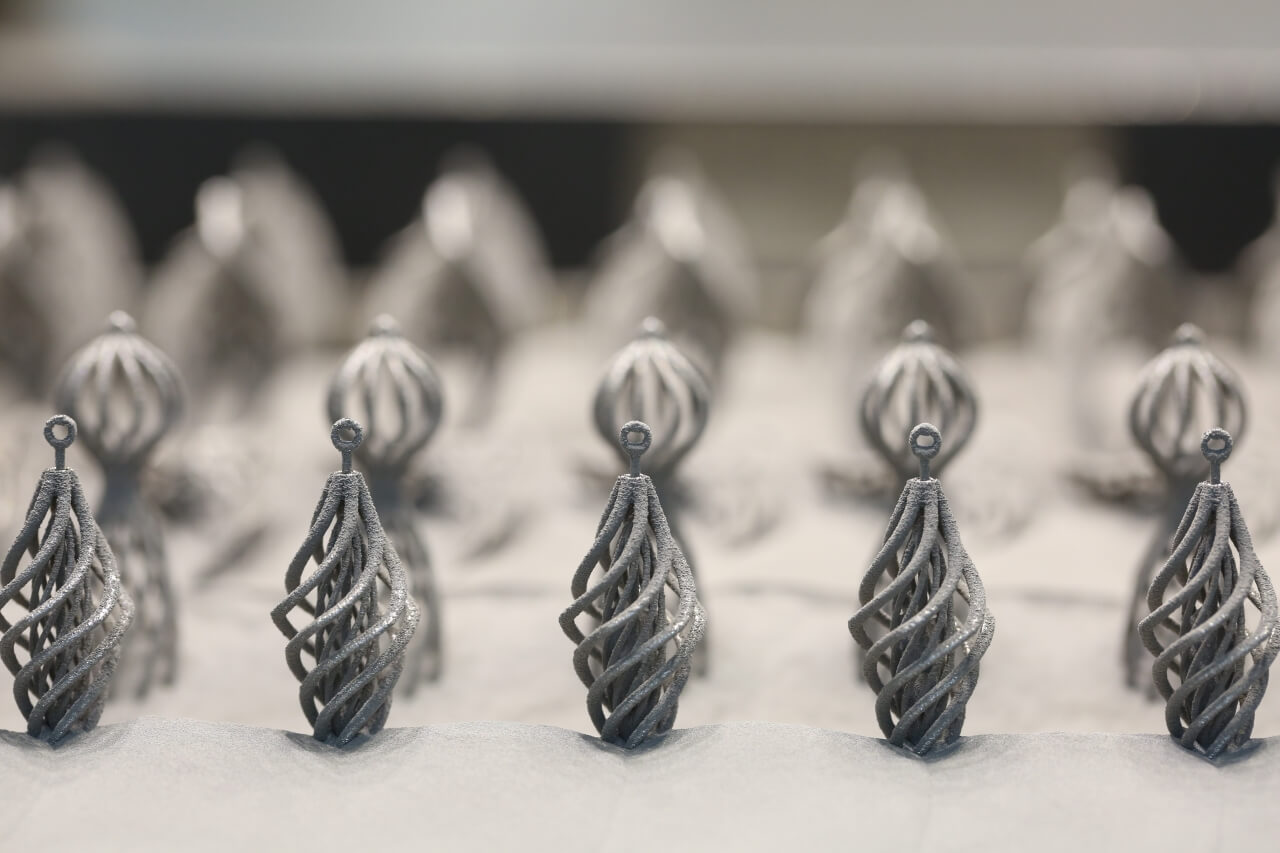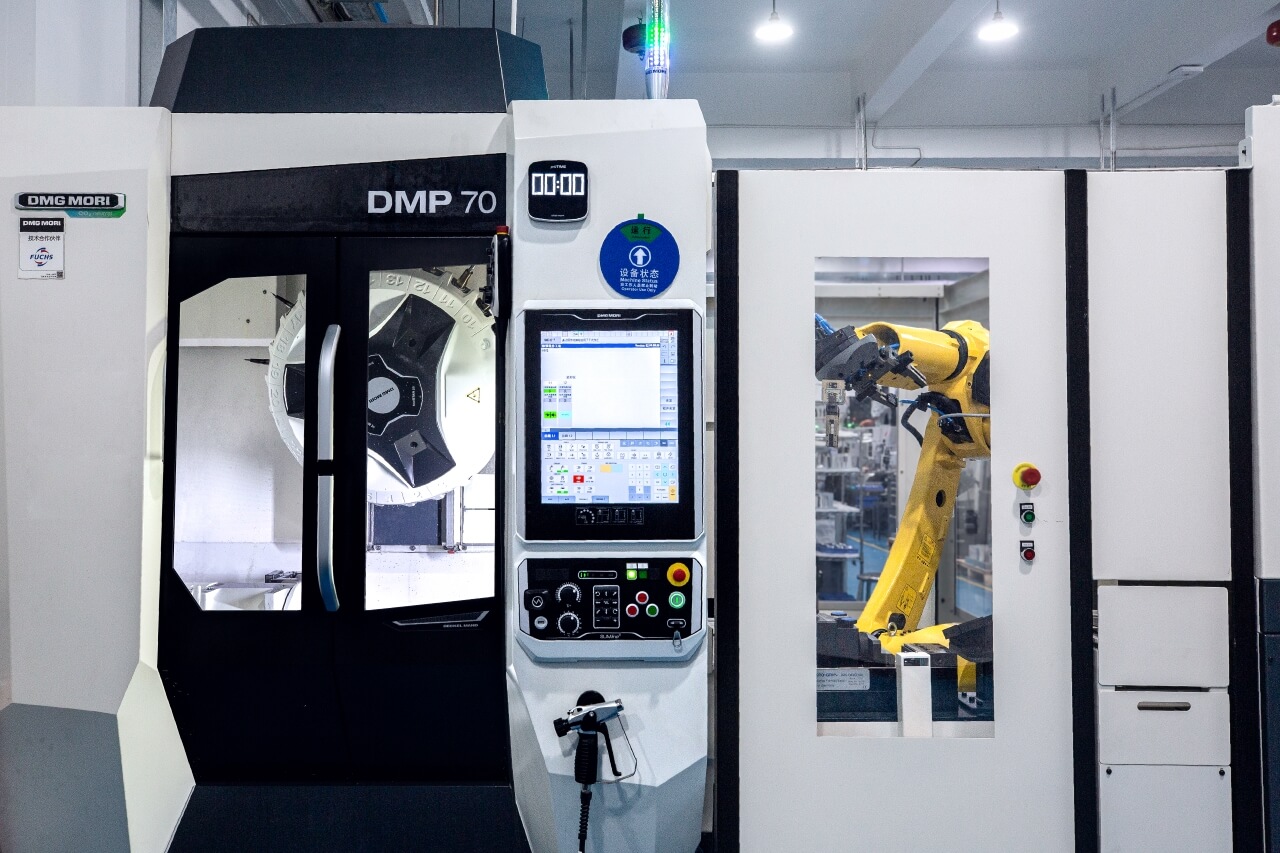Are You Getting The Plastic You Asked For?
With so many different types of plastic on the market, being able to correctly identify each one is critical for getting the right results when manufacturing a new product. But what’s the best way to identify plastic material accurately and repeatably, when so many kinds look and feel the same but have very different properties? To make sure we always use the plastics you asked for we have added a new member to our room full of inspection equipment, the PolyMax gun.
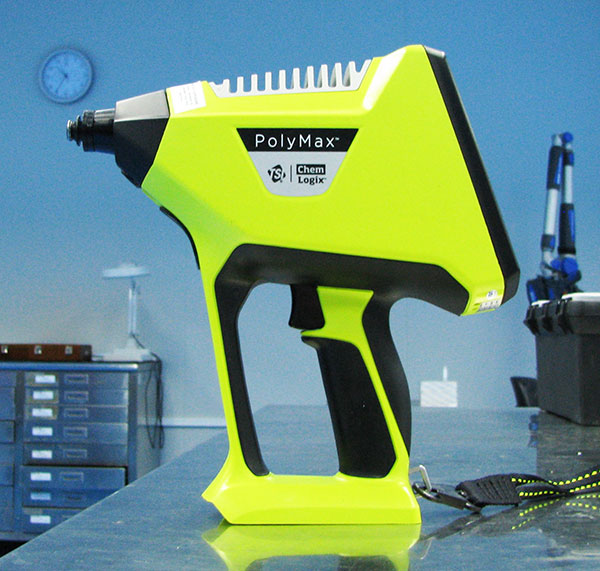
What Is The PolyMax Gun?
Our PolyMax gun is a piece of inspection equipment that uses a spectrometry test to confirm all plastic materials. Electronic plastic analyzers in the gun make use of a phenomenon called Raman scattering. The process was named after Dr. Raman, the scientist who discovered that molecules of a given chemical compound vibrate at a unique frequency and energy level that acts like a fingerprint and can be measured under the right conditions. Spectrometry is the use of a beam of light to provide the test measurement.
How Does It Work?
First, a test sample of material is put in front of the tip of the instrument. A beam of monochromatic laser light is shined on the surface and reflected back to a detector where it’s measured.
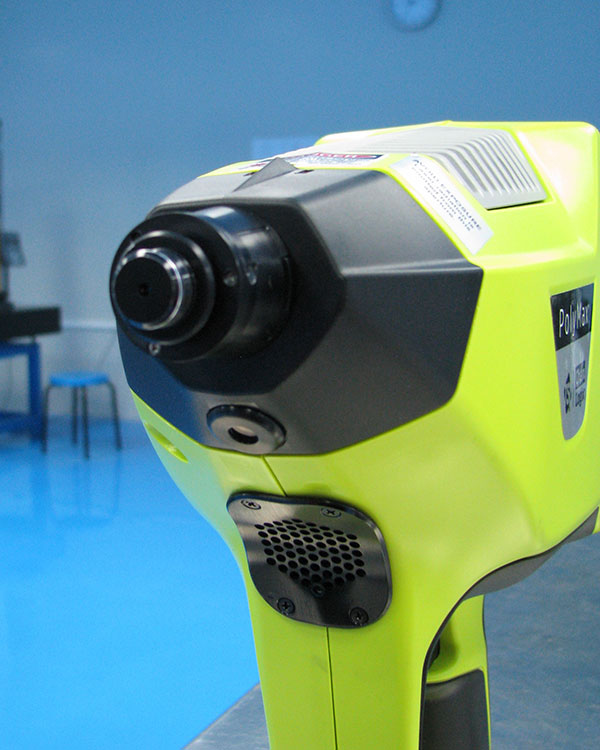
The PolyMax gun will display the histogram/waveform of the testing sample, and it will also show a percentage likelihood that the sample in question is a match for a known plastic type. We accept readings of 70% certainty and above, virtually eliminating the chance of error in the choice of raw material. Small deviations from 100% are due to dust or contamination in the sample, on the equipment lens, or ambient light leaking into the detector and creating electrical “noise”.
What About New Types Of Plastic?
If we’re asked to inject a new type of resin or one we’re unfamiliar with, we first procure a batch from a known, reputable supplier that’s able to provide us with a complete chemical composition. We then use the PolyMax to test this material, establishing a new waveform appropriate to that particular compound. This new waveform can be saved and added to the PolyMax library for future reference, ensuring that all subsequent batches of raw material conform to the new standard. This can also be done when a sample is provided by the customer, even if the exact chemical compound isn’t known in advance.
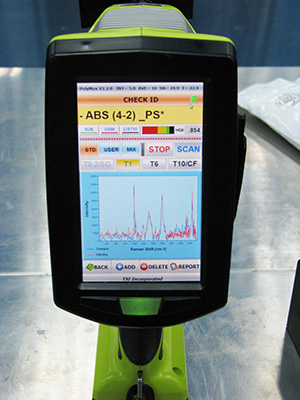
Are You Getting The Plastic You Asked For?
It is always important to use a prototyping and manufacturing company with a strict quality control and inspection process to ensure you get what you asked for. When making a plastic product you will choose from a range of processes such as plastic injection molding, CNC machining and vacuum casting and using the right material will impact the quality of your product. At Star we believe having positive material identification equipment is vital to producing the quality our customers enjoy and expect. If you would like to visit us to see our inspection equipment and processes for yourself, or if you’d like a free quotation, contact us today.
What About New Types Of Plastic?
If we’re asked to inject a new type of resin or one we’re unfamiliar with, we first procure a batch from a known, reputable supplier that’s able to provide us with a complete chemical composition. We then use the PolyMax to test this material, establishing a new waveform appropriate to that particular compound. This new waveform can be saved and added to the PolyMax library for future reference, ensuring that all subsequent batches of raw material conform to the new standard. This can also be done when a sample is provided by the customer, even if the exact chemical compound isn’t known in advance.
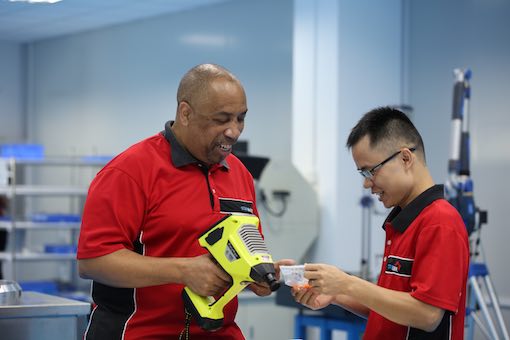
Are You Getting The Plastic You Asked For?
It is always important to use a prototyping and manufacturing company with a strict quality control and inspection process to ensure you get what you asked for. When making a plastic product you will choose from a range of processes such as plastic injection molding, CNC machining and vacuum casting and using the right material will impact the quality of your product. At Star we believe having positive material identification equipment is vital to producing the quality our customers enjoy and expect. If you would like to visit us to see our inspection equipment and processes for yourself, or if you’d like a free quotation, contact us today.
What About New Types Of Plastic?
If we’re asked to inject a new type of resin or one we’re unfamiliar with, we first procure a batch from a known, reputable supplier that’s able to provide us with a complete chemical composition. We then use the PolyMax to test this material, establishing a new waveform appropriate to that particular compound. This new waveform can be saved and added to the PolyMax library for future reference, ensuring that all subsequent batches of raw material conform to the new standard. This can also be done when a sample is provided by the customer, even if the exact chemical compound isn’t known in advance.
